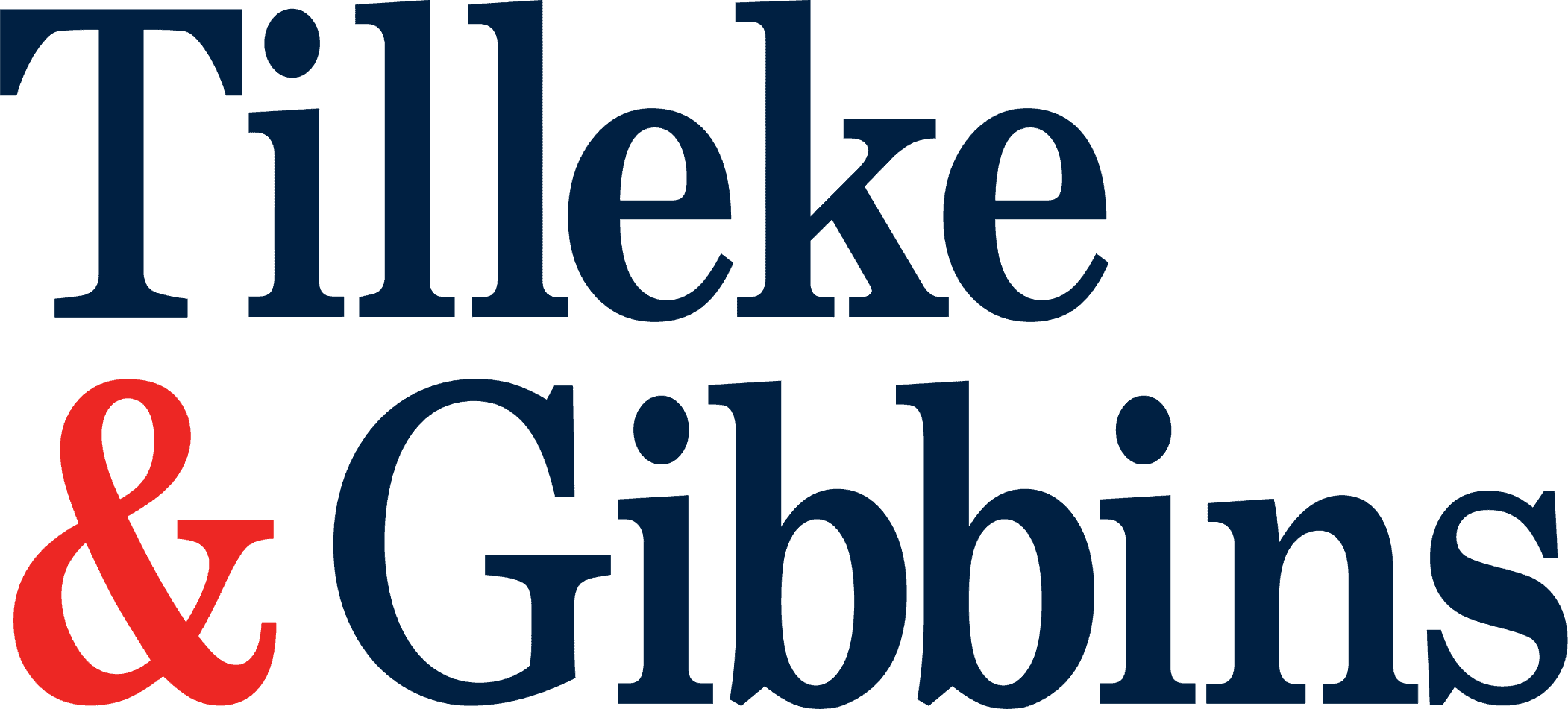
On February 19, 2019, by amending the Narcotics Act B.E. 2522, Thailand caught the cannabis industry by surprise and became the first Asia-Pacific country to legalize medicinal cannabis. While hemp had been approved for use in industry since 2018 (see here), the amendment of the Narcotics Act B.E. 2522, providing for a Thai FDA registration pathway for medicinal cannabis, was largely unexpected.
While the amendments create the foundation for a cannabis industry in Thailand, the true viability and future of the Thai cannabis industry lies in its regulation by both the Thai FDA and the Narcotics Control Board. With the return of an elected government, a new cabinet was sworn in on July 16, 2019, with the Bhumjaithai Party appointed to oversee the Ministry of Public Health (MoPH). The Bhumjaithai Party campaigned on further expansion of liberal cannabis policies, which was well received by the public. With the minister in charge of instituting regulations that further define the scope and use of cannabis for medical purposes, we can only expect further liberalization and clarification.
Some recent clarification was seen by way of helpful MoPH notifications that identified forms of medical cannabis allowed for approved use. These include (i) registered drugs per the Drug Act; (ii) Thai traditional medicines having approved compositions (now 16 formulas); and (iii) drugs approved for Thailand’s Special Access Scheme. Also further clarified were the specific qualifications of Thai traditional practitioners having authority to prescribe traditional cannabis medicines.
Most recently, two additional notifications from the Narcotics Control Board were enacted concerning the labels of medical cannabis products, and the forms for recording inventory movements of medical cannabis.
The exact Thai FDA medical cannabis licensing pathway is to be set out in Implementing Regulations that have been circulated widely for both official and public comment. These are expected to be approved by the MoPH very soon. As the regulations look to move things forward—and the government wants exactly that—no significant change in the regulations is expected before they become law.
As the Narcotics Act and draft Implementing Regulations currently stand, a complex network of who can be licensed for what purposes seeks to ensure control over the process for the beginning stages. There are currently four types of licenses: (1) production, (2) importation/exportation, (3) sale, and (4) possession. There are currently seven entities under both the Narcotics Act and the draft Implementing Regulations who can apply for medical cannabis licenses: (1) public entities, (2) healthcare professionals, (3) private universities, (4) collective farmers, (5) international transportation agencies, (6) traveling patients, and (7) groups to be permitted by further decisions of the MoPH. A further seven entities are set out in the draft Implementing Regulations.
The draft Implementing Regulations also address which parties can engage in which activities. Certain licensed activities are available to some entities, but not to others. For example, a healthcare professional is ineligible for a license to possess cannabis for the purpose of addiction treatment, but can be licensed to possess cannabis for R&D purposes. Further clarification will come with promulgation of the draft Implementing Regulations. The listing of successful Thai FDA license applicants on the Thai FDA website (as is the case with other Thai FDA regulated products such as human and animal pharmaceuticals, medical devices, food, cosmetics, and hazardous substances) will also provide more clarity.
Foreign participation in Thailand’s cannabis industry is severely restricted for the first five years, starting from February 19, 2019. During this period, only state agencies may obtain a license to produce, import, or export cannabis. However, a private entity, with an office in Thailand and at least two-thirds of directors, partners, or shareholders having Thai nationality, may act jointly with a state agency to acquire or share these types of commercialization licenses. In this way, certain companies can be involved in the Thai cannabis industry from its inception. There are no restrictions requiring joint participation in R&D efforts (i.e., non-commercialization).
It is my opinion that the current regulation’s exclusion of foreign participation is an unfortunate corollary of Thailand’s clear intention for cannabis to be Thailand’s new cash crop. While foreign entities can certainly create local Thai subsidiaries and then apply for a partnership, it is unclear whether the MoPH would support this kind of application, or whether it would receive unjustified additional scrutiny. The Patent Office has even taken action to prevent foreign competition by rejecting, on questionable grounds, seven cannabis patent applications from foreign applicants. (For more on this, and critiques on the Patent Office’s approach, see here and here.)
Thailand’s actions to intentionally exclude foreign participation at the current stage of the industry calls into question its commitment to several major World Trade Organization (WTO) treaties. Further, Thailand’s revocation of foreign cannabis patent applications likely violates the WTO TRIPS agreement.
Fortunately, the Narcotics Act’s allowance of new categories of entities (category 7 above) to acquire licenses as the MoPH sees fit is open-ended and, with a party that fought for liberal cannabis policies at the reins, promising. With a population currently in need of medicinal cannabis, the facilities established by the government might not be able to supply enough medical-grade cannabis for the current need or to supply it quickly enough. This need for assistance may open the door for foreign entities to enter the market and provide access to enough medicinal cannabis to meet demand.
The current state of regulation provides three basic approaches for any foreign entity looking to enter the Thai cannabis industry. For most of the approaches, extensive work with government regulatory agencies and coordinating joint operations with state agencies will be needed.
The first approach is to import materials into Thailand. Getting the materials into Thailand, whether for distribution or for research & development, will be necessary in the near future as there are no materials to source within Thailand at the moment. This could mean as little as importing finished products ready for distribution, or as much as importing seeds, plants, supplies, personnel, facilities, or other necessities for production or research.
The second approach is to establish domestic manufacturing facilities for the production of cannabis and cannabinoid products. Establishing domestic production in Thailand would be beneficial for several reasons. First, Thailand has a long history of agricultural knowledge in cannabis production, and great facilities for R&D exist through research institutes such as universities and pharmaceutical companies. Second, Thai production comes at a low cost and is associated with a record of safe manufacturing practices for ingestible products. This can be done either by sourcing materials and personnel from within Thailand or by using what was imported in the first approach.
The third approach is to use Thailand as a headquarters for expansion into other Asia-Pacific regions, such as Laos, the next prospective country to follow Thailand’s lead in legalizing medicinal cannabis, or China. Depending on the business model, this could include using production facilities in Thailand to export products throughout Asia-Pacific, establishing networks in the region, or acting as an intermediary between producers and consumers.
